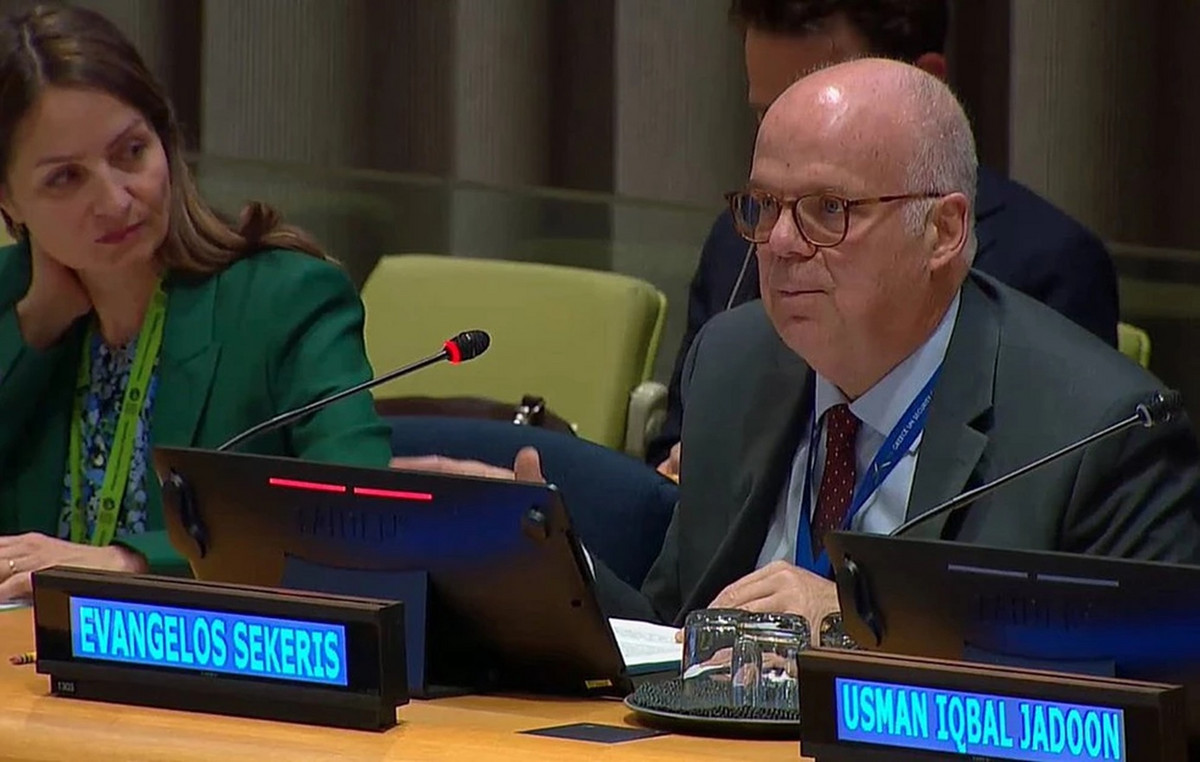The wedding was scheduled for the day Fabiana Cayres and her fiance would celebrate one year of dating, August 21, 2012. Then, the couple would spend a month in Paris – and there was the idea of starting trying to get pregnant on their honeymoon . With three weeks to go, Fabiana was at work when she had a very severe cramp.
She was used to feeling pain during her period, but that day it was so bad that she fainted. Rushed to a hospital, she finally received a diagnosis: deep endometriosis, already installed in the intestine, bladder, appendix, ureters, ovaries and uterus.
“As happens with most women, my diagnosis was late and I had to undergo a major surgery, which included the removal of part of the intestine and bladder”, says Fabiana, who, because of the disease, became a digital influencer .
The story is not uncommon. A trivialization of female pain is considered the greatest obstacle to diagnosis. Even with excruciating cramps, they tend to think it’s normal.
The result of this: a technically not very complicated diagnosis takes seven to ten years. And the disease is far from rare: it affects 10% of women of reproductive age – a rate similar to that of diabetes. It is estimated that at least 8 million suffer in the country because of the disease and most do not know.
Today, for the first time, the National Day to Fight Endometriosis . “There is a normalization of pain. Many women have crippling cramps and pelvic pain and think this is normal. And, in general, society also considers it normal, even some medical colleagues”, says specialist Patrick Bellelis, collaborator of the endometriosis sector at Hospital das Clínicas at USP and member of the Brazilian Association of Endometriosis and Gynecology. ,
“The first step, and also the most important: make the population see that feeling pain is not normal. If you compromise your activities, productivity, relationships, it’s not normal. Feeling pain in sex is not normal. Pelvic pain is also not normal,” he says. According to the Brazilian Society of Endometriosis (SBE), 57% of patients with the disease suffer from chronic pain; and in 30% of cases there is infertility.
about the disease
The endometrium is a mucous membrane that lines the inner wall of the uterus. This film is sensitive to changes in the menstrual cycle, and covers the region where the egg implants after being fertilized. If there is no fertilization, part is eliminated during menstruation. The rest grows back and the process is repeated with each new cycle.
Endometriosis is a alteration in the normal functioning of these cells which, instead of being expelled, migrate in the opposite direction and fall into the ovaries or abdominal cavity, where they multiply and bleed again.
The causes are not yet well established. One hypothesis is that part of the blood flows back through the fallopian tubes during menstruation and is deposited in other organs. In addition, some genetic predisposition related to deficiencies in the immune system would be required.
“There are several forms of treatment, but basically, we can say that there are clinical treatments, with hormones and analgesic and anti-inflammatory medications, and surgical treatments, in which the foci are removed”, says gynecologist Maurício Abrão, from the Faculty of Medicine of the USP.
The diagnosis, according to him, is becoming less and less complicated, especially after specific ultrasound and magnetic resonance exams appear. Normal transvaginal ultrasound does not detect the problem.
“The difficulty (diagnosis) is worldwide. Initially because there was no specific exam, but now we have specialized ultrasound, mapping, pelvic resonance”, says the president of SBE, Helizabet Salomão Ayroza. “Even so, there is this delay all over the world precisely because the main symptom is menstrual cramps, which is undervalued”.
In addition, she recalls, culturally, women tend to do many things at the same time, put themselves in the background, and prioritize others. “One of the biggest problems, which we have been firmly fighting, is the phenomenon of medical gaslighting, when male and female professionals belittle symptoms narrated by the patient, they have difficulty listening, valuing”, says Abrão.
Example
For many years, Fabiana had intense monthly cramps, without ever receiving a diagnosis. “No doctor who accompanied me suggested any investigation. I, due to total lack of knowledge, did not seek specialized help either”, says the influencer. The story is similar to that of psychologist Ana Viggiano, 45 years old.
“Unlike many women, I only had the first symptoms after the age of 30, when I started having unbearable cramps”, she says. “I went to seven different doctors to get a diagnosis. Many said I had nothing. I felt unbearable pain and had to hear very unpleasant comments from these doctors, such as ‘that’s the desire to get married’, ‘that’s the desire to have a baby’. They were unobjective, unscientific.”
When she was finally diagnosed, the endometriosis was already advanced and Ana had to undergo major surgery to remove part of her intestine. Another four followed to eliminate foci in other organs.
“I never accepted the doctors’ denial, but most women spend years with neglected symptoms”, he said. Therefore, the psychologist decided to specialize in the care of women with endometriosis. “Many (patients) develop anxiety and depression. Pain alters neurochemical processes,” she says.
“The woman is going through terrible physical suffering, seeks professional help and, in addition to not being cared for, is mistreated, considered unbalanced. Many begin to doubt their own sanity, thinking that pain doesn’t make sense. There are also marital aspects, as the disease can cause pain during sexual intercourse and make it difficult to get pregnant”.
The information is from the newspaper O Estado de S. Paulo.
Source: CNN Brasil
I am an experienced journalist and writer with a career in the news industry. My focus is on covering Top News stories for World Stock Market, where I provide comprehensive analysis and commentary on markets around the world. I have expertise in writing both long-form articles and shorter pieces that deliver timely, relevant updates to readers.







